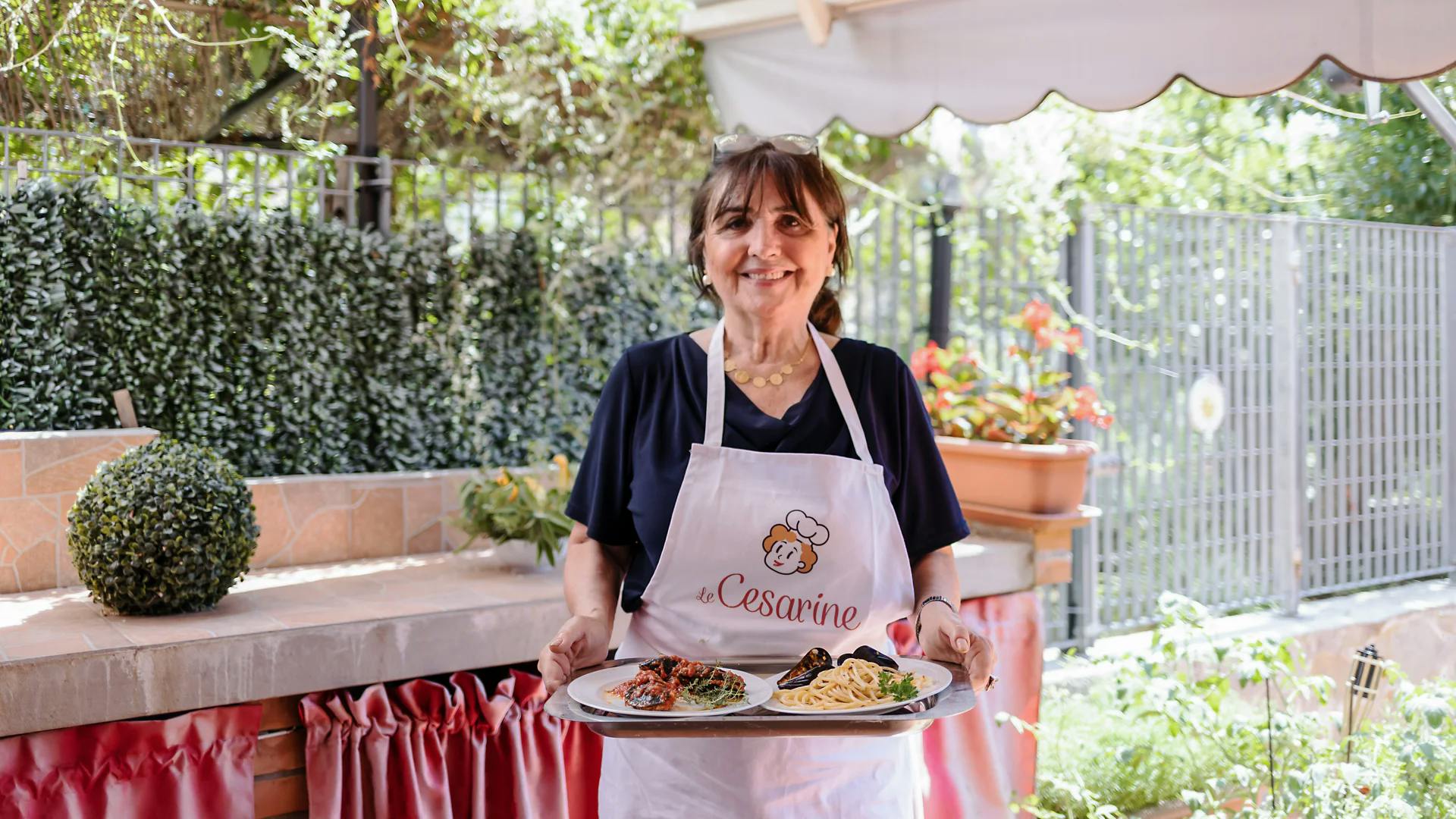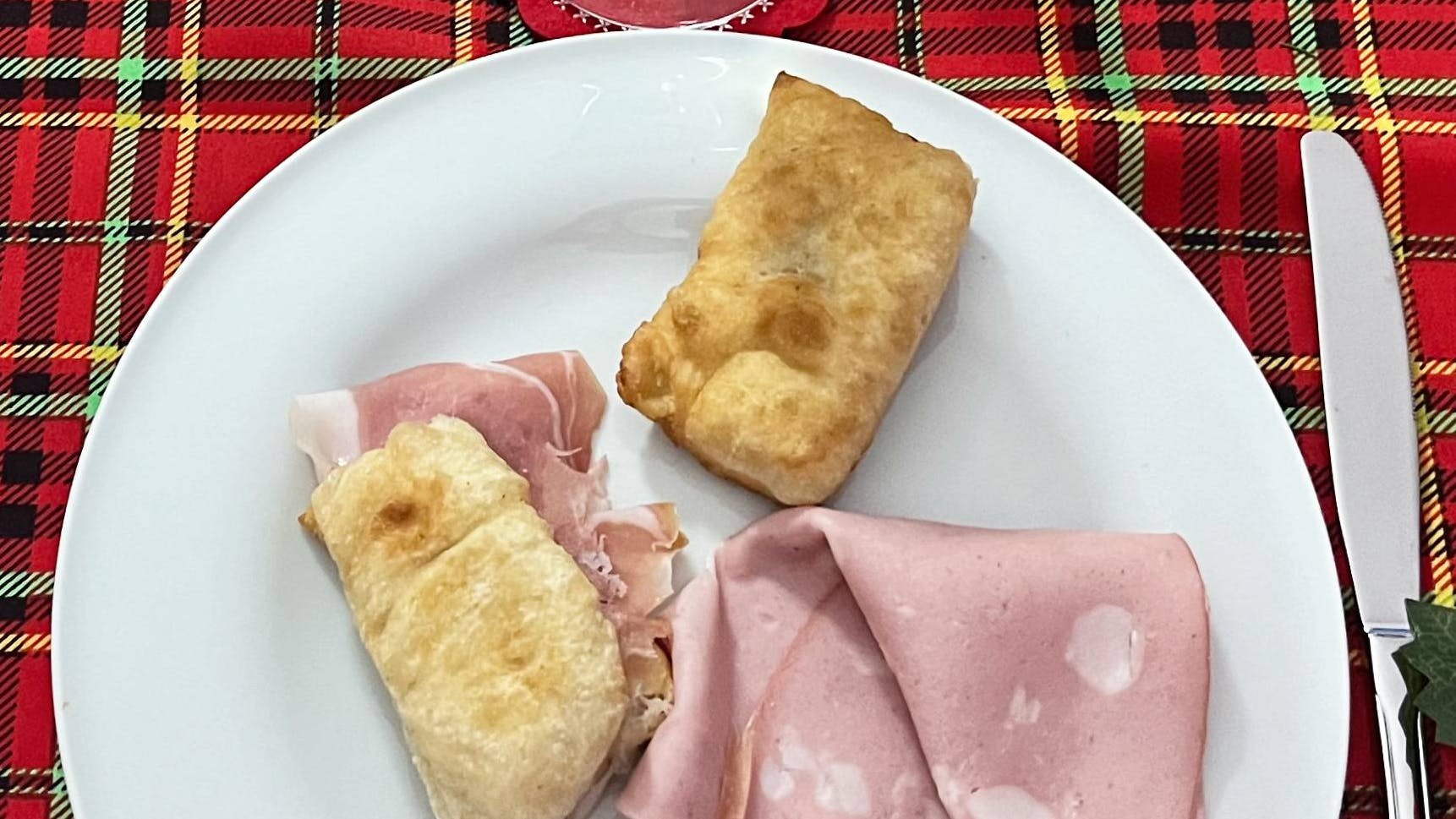

Fried panigacci, bread fritters, gnocco fritto, coccoli, or donzelle are just some of the many names used to refer to what are known as Sgabei.
Our Cesarina Daniela from La Spezia has shared with us the traditional Ligurian recipe for this fragrant appetizer.

Sgabei
A fragrant appetizer for all tastes
Ingredients
- 200 g of flour
10 g of fresh yeast
100 g of water
Salt as needed
Method
- Pour the flour into a container and add salt to taste. In another container, pour warm water and add the yeast. Mix the yeast well, then pour the water and yeast mixture into the container with flour.
- Using your hands, mix the ingredients to form a smooth and soft dough.
- Cover the dough with plastic wrap and let it rise.
- After about two hours, the dough will be ready and risen. Transfer it to a work surface, sprinkle with flour to prevent sticking, and roll it out with a rolling pin.
- Cut the dough into rectangular pieces about 4 mm thick.
- Transfer the pieces to a pan and fry them in vegetable oil.
- After 3 or 4 minutes, the sgabei will be ready to be enjoyed, either with grilled vegetables or with cheeses and cold cuts.
What are Sgabei?
Water, flour, yeast, and just two hours of rising give this bread dough a texture that, after being immersed in a hot pot of olive oil, becomes irresistibly soft on the inside and crispy on the outside. Perfect to enjoy warm, perhaps paired with cured meats, cheeses, or simply with a pinch of salt.
Sgabei have their roots in the peasant tradition of the Lunigiana and Val di Magra, regions that lie on the border between Liguria and Tuscany, where reusing leftover dough was a common practice in many households. Originally, it was an ingenious way to repurpose leftover bread dough, which was cut into strips and fried to create a tasty and filling snack.

It is said that the name "sgabei" comes from the local dialect, although the exact etymology is not entirely clear. What is certain is that this dish has crossed time and space, preserving its goodness and simplicity.
Today, this appetizer has gained popularity in local festivals and traditional restaurants in the Lunigiana and eastern Liguria, where these strips of dough are served both in savory versions, with local cured meats and cheeses like lardo di Colonnata, pancetta, prosciutto toscano, and pecorino, and in more creative versions, perhaps with cheese creams or even sweet combinations.